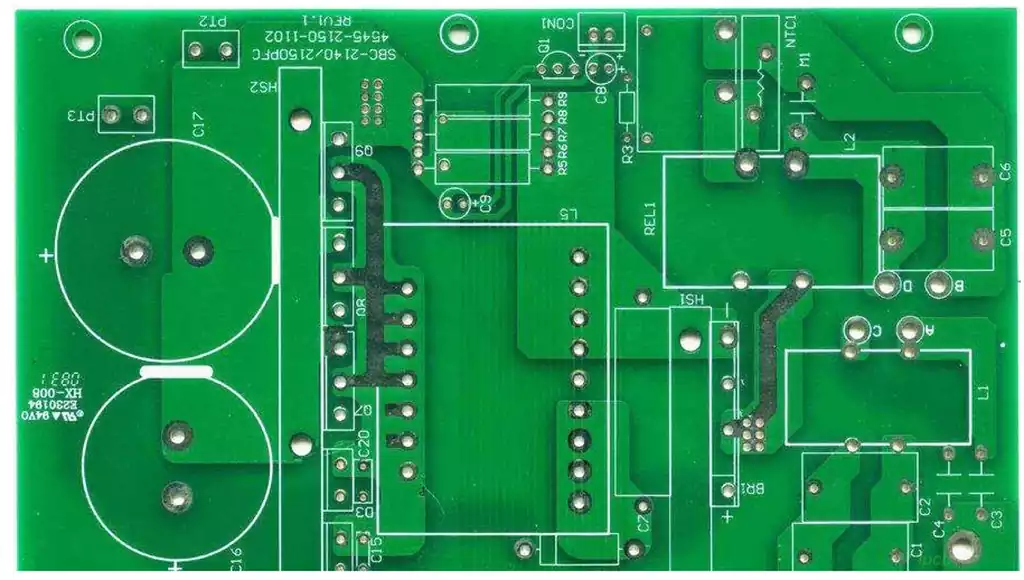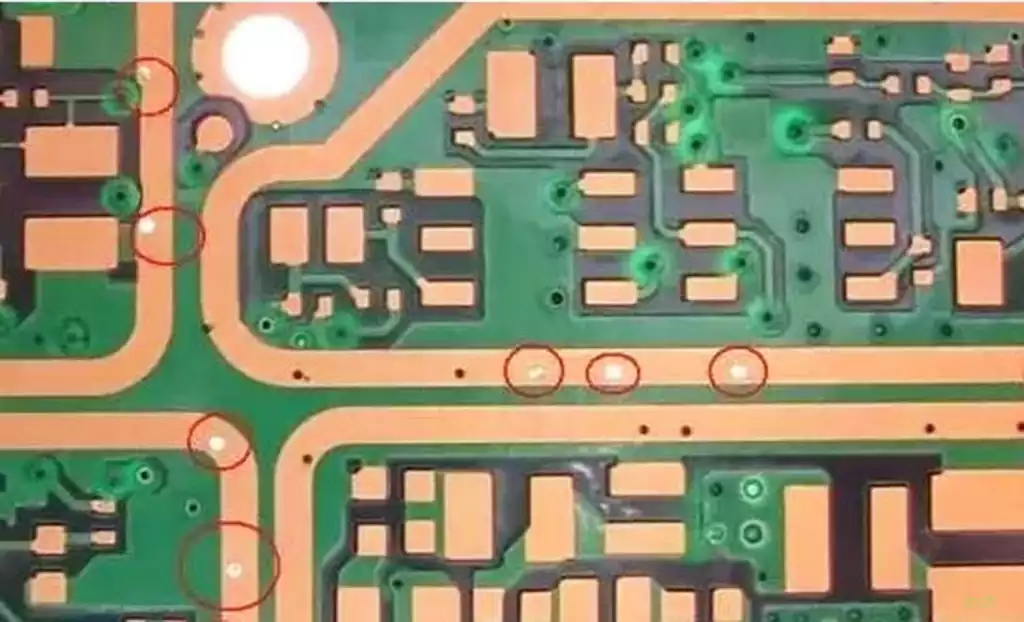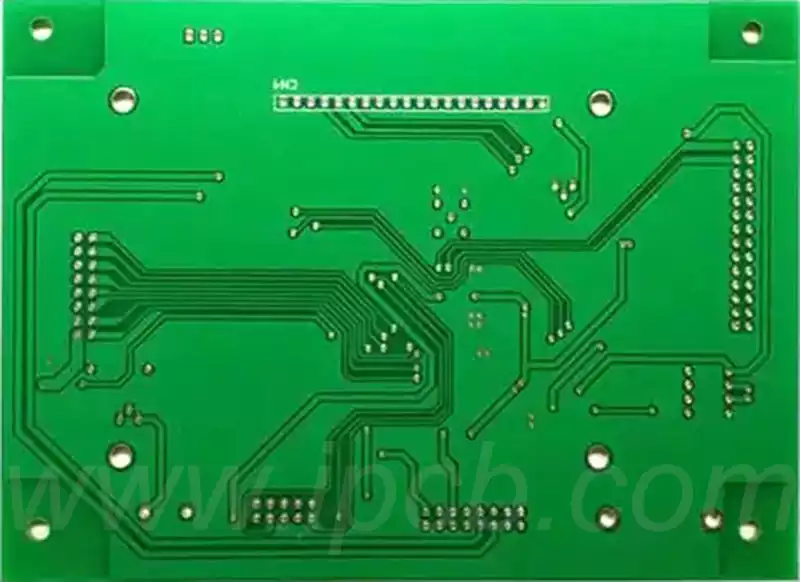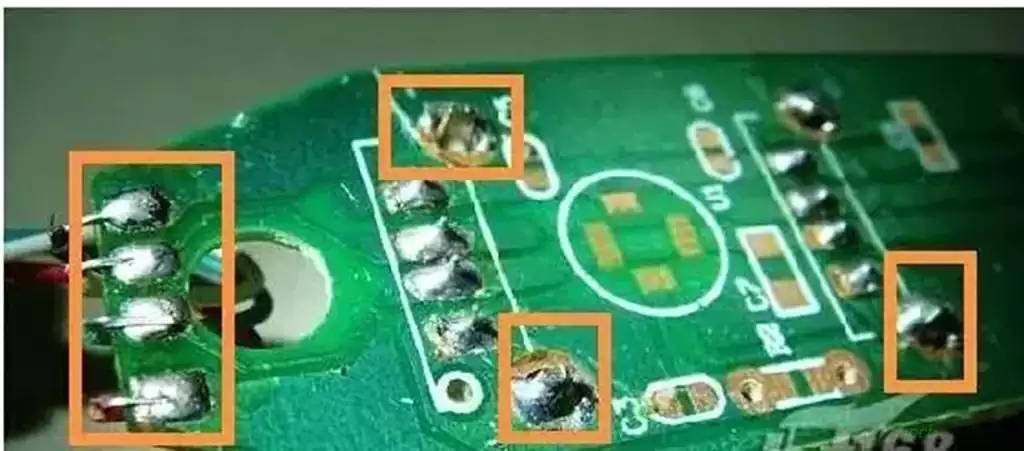Flexible PCB material, which mainly includes substrates and cover films, is an important force driving the progress of electronic devices. The substrate is the main component of the flexible circuit board, which determines the mechanical and electrical properties of the flexible circuit board. Common substrates include polyimide (PI), polyester (PET), polyetherimide (PEI), and so on. Covering film is mainly used to protect the circuit to prevent damage to the circuit caused by environmental factors. Commonly used cover films are polyimide (PI) and polyester (PET).
In addition, flexible circuit board material is polyimide film, polyester film, etc., have a high degree of heat resistance, insulation, abrasion resistance, folding resistance flexibility, and other advantages, to meet the needs of different fields.
In the production process of flexible circuit boards, it is also necessary to use copper foil, adhesives, protective film, and other materials. Copper foil has good conductivity and flexibility, and is an important part of the flexible circuit board; adhesives can be substrate and conductive layer bonded together to form a stable circuit; protective film can protect the flexible circuit board from external environmental interference.

Flexible printed circuit board on the material requirements:
Substrate: requires good heat resistance, chemical resistance, insulation, flexibility, and high mechanical strength. Commonly used substrates are polyimide (PI), polyamide (PA), and so on.
Conductive materials: conductive materials used to make the circuit conductor, are required to have good electrical conductivity and corrosion resistance. Commonly used conductive materials include copper foil and nickel foil.
Adhesive: used to bond the insulating layer and conductive layer together, requiring high adhesion, heat resistance, insulation, and stability. Commonly used adhesives are epoxy resin, polyimide resin, acrylic resin, and so on.
Insulating materials: used to isolate different circuit layers, prevent short-circuits and require good insulation and processing performance. Commonly used insulating materials are polyimide film, polyester film, and so on.
Protective film: used to protect the circuit from the effects of the external environment, requires good heat resistance, chemical resistance, abrasion resistance and flexibility. Commonly used protective films are polyimide film, polyester film, and so on.
Application Areas:
Due to their excellent properties, flexible pcb material is widely used in various fields. For example, in medical equipment, flexible circuit boards can be used to manufacture circuits in implantable devices; in the automotive industry, flexible circuit boards can be used to manufacture electronic control systems inside automobiles; in the aerospace field, flexible circuit boards can be used to manufacture high-performance avionics equipment.
The development trend:
With the continuous development of science and technology, flex PCB material is also constantly progressing and improving. In the future, flexible circuit board materials will move towards higher performance and lighter weight direction. At the same time, the development and application of new materials will also bring more possibilities for flexible circuit boards.
The performance and application of flexible PCB material play a vital role in the development of electronic equipment. With the progress of science and technology, we expect that in the future there will be a greater potential for the development of electronic equipment to provide a broader space.



